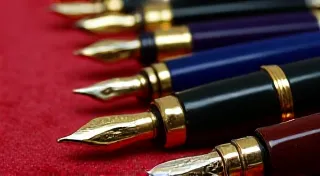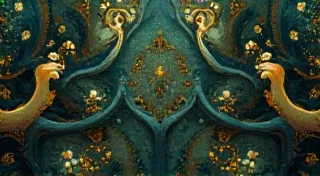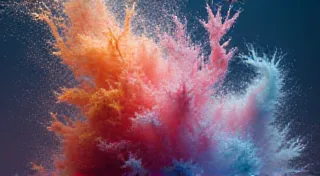Echoes of Antiquity: Drawing Inspiration from Historical Chalkboard Designs
There's a peculiar melancholy that clings to the sight of an antique accordion, isn't there? The worn bellows, the faded ivory keys, the subtle scent of aged wood and dust – it whispers of countless melodies played, of lively dances and quiet moments shared. Similarly, the history of chalkboard art holds a resonant beauty, a tangible connection to a past where communication and entertainment were often handcrafted, imbued with a unique personality missing from our increasingly digitized world. It's a legacy we can draw inspiration from, elevating our contemporary chalkboard designs with a depth and understanding that goes beyond mere aesthetics.
Before vibrant digital displays and instant messaging, chalkboards were the primary communication hubs in classrooms, theaters, and general stores. They announced events, shared news, and served as entertainment platforms – all rendered in ephemeral chalk strokes. To truly appreciate modern chalkboard art, we must understand its roots, analyze the classic examples that still resonate today, and extract those timeless design principles we can bring to our own creations.
The Golden Age of the Classroom Blackboard
The late 19th and early 20th centuries mark the “golden age” of the classroom blackboard. Think of bustling schoolhouses, filled with the eager faces of children and the dedicated instruction of teachers. These teachers weren't just imparting knowledge; they were artists in their own right, transforming functional boards into captivating displays. We often picture grainy photographs – teachers writing equations, illustrating historical events, or even drawing whimsical characters to engage young minds. These weren’t just utilitarian displays; they were carefully considered compositions, utilizing limited space to convey maximum impact.
The constraints themselves—the limited color palette (typically black, white, and sometimes red or yellow), the single surface, the temporary nature of the medium—fostered ingenuity. Teachers developed shorthand notations, unique lettering styles, and clever layouts to maximize information delivery. Consider the deliberate use of symmetry to create visual balance, or the strategic placement of diagrams to guide the student’s eye. These weren't arbitrary choices; they were the result of years of observation and refinement, honed by a dedication to both instruction and artistry.
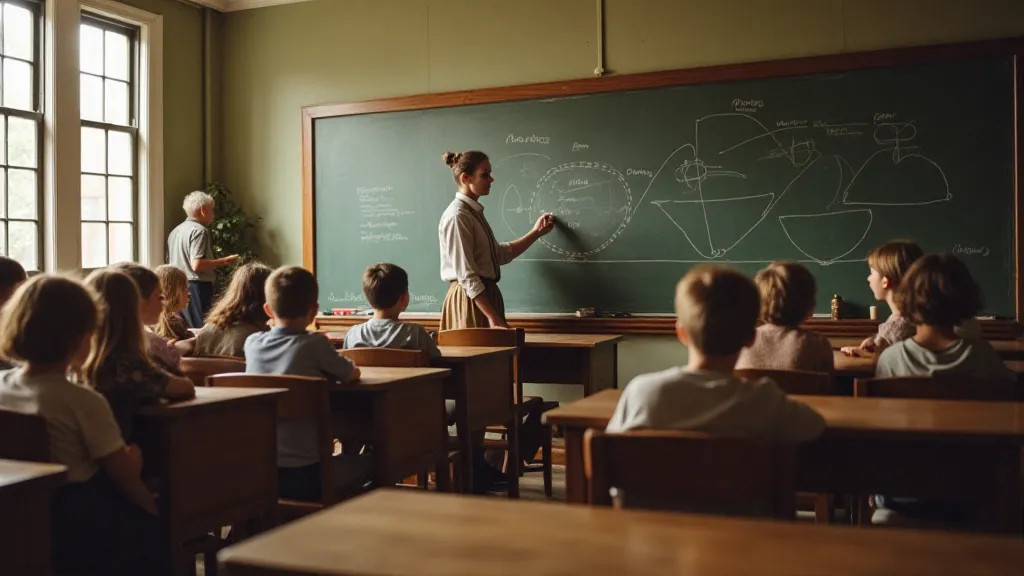
Theatrical Chalkboards: Announcing the Spectacle
Beyond the classroom, chalkboards played a vital role in the entertainment landscape. Imagine a bustling town square, anticipating the arrival of a traveling circus or a vaudeville show. Often the first glimpse audiences had of this promise of entertainment was a hand-lettered chalkboard sign, a bold declaration of the spectacle to come. These weren’t merely announcements; they were advertisements, crafted to entice and excite. The lettering styles – often a blend of bold, eye-catching serifs and playful script—were designed to capture attention from a distance.
Look closely at surviving examples of these theatrical chalkboards (many can be found in historical society collections or documented online). Notice the way they utilize hierarchy: the headlining act is rendered in the largest, most dramatic lettering, while supporting details are presented in a smaller, but still legible font. The arrangement often employs a sense of movement, directing the viewer's eye toward the key information. The art wasn't simply about readability; it was about creating an experience, building anticipation, and fostering a sense of community excitement.
The choice of color was also crucial. While black and white were standard, the occasional inclusion of a vibrant red or yellow could dramatically enhance the visual impact, drawing the eye and conveying a sense of energy and spectacle. These were subtle, but powerful, decisions, made by artists who understood the psychology of visual communication.
Beyond the Basics: Decorative Chalkboard Art of the Era
While functionality was paramount, even classroom and theatrical chalkboards sometimes featured decorative elements. Border designs – simple geometric patterns, floral motifs, or even intricate scrollwork – were commonly used to frame the main text, adding a touch of elegance and sophistication. These borders weren’t merely decorative; they served to visually organize the information and create a more pleasing overall composition.
Consider the use of perspective and shading, even with the limited tools available. A skilled artist could create the illusion of depth and dimension, transforming a flat surface into a captivating scene. And the careful use of negative space – the empty areas surrounding the text and illustrations – was essential for creating visual balance and preventing the board from feeling cluttered.
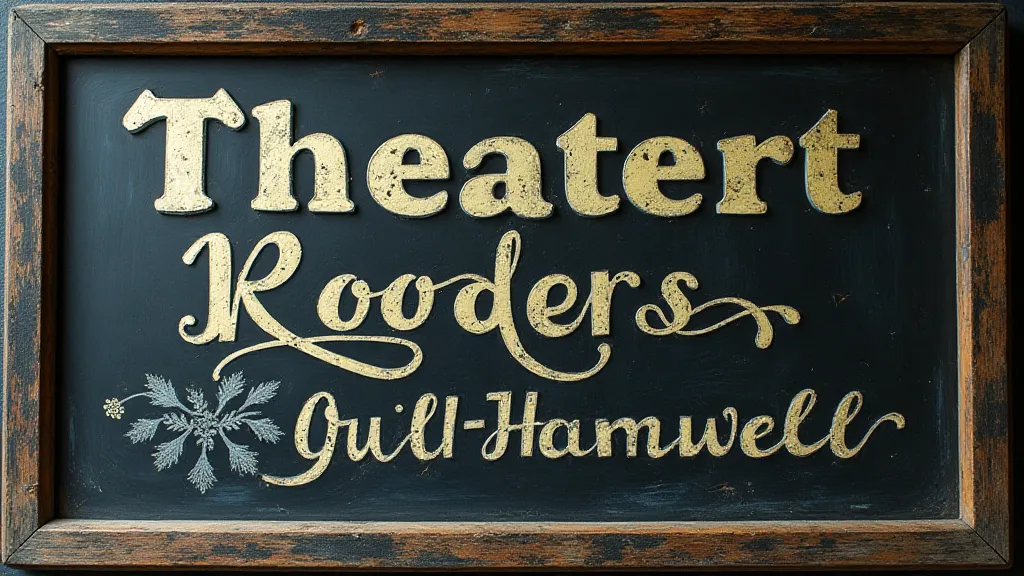
Bringing the Past to the Present: Techniques and Inspiration
So, how can we draw inspiration from these historical chalkboard designs and apply them to our own contemporary creations? The key is to understand the *principles* behind the aesthetics, not simply to replicate the style. Consider these takeaways:
- Embrace Constraints: Working with a limited color palette can actually foster creativity. Experiment with monochromatic schemes or carefully curated color combinations.
- Master Hierarchy: Clearly define the most important information and render it with the largest, most prominent lettering. Use size, weight, and placement to guide the viewer's eye.
- Study Lettering Styles: Explore historical lettering alphabets – serifs, scripts, and sans-serifs – and incorporate elements of these styles into your own designs.
- Pay Attention to Balance: Use symmetry, negative space, and carefully placed elements to create a visually harmonious composition.
- Don’t Fear Simplicity: The most effective chalkboard designs are often the simplest. Focus on clarity, legibility, and a strong visual impact.
Restoring an antique chalkboard, or even a fragment of one, can be a deeply rewarding experience. It’s not just about cleaning and repairing a physical object; it’s about connecting with the past, preserving a piece of history, and gaining a deeper appreciation for the artistry and ingenuity of those who came before us. Collecting antique chalkboards is another avenue for understanding the evolution of these art forms.
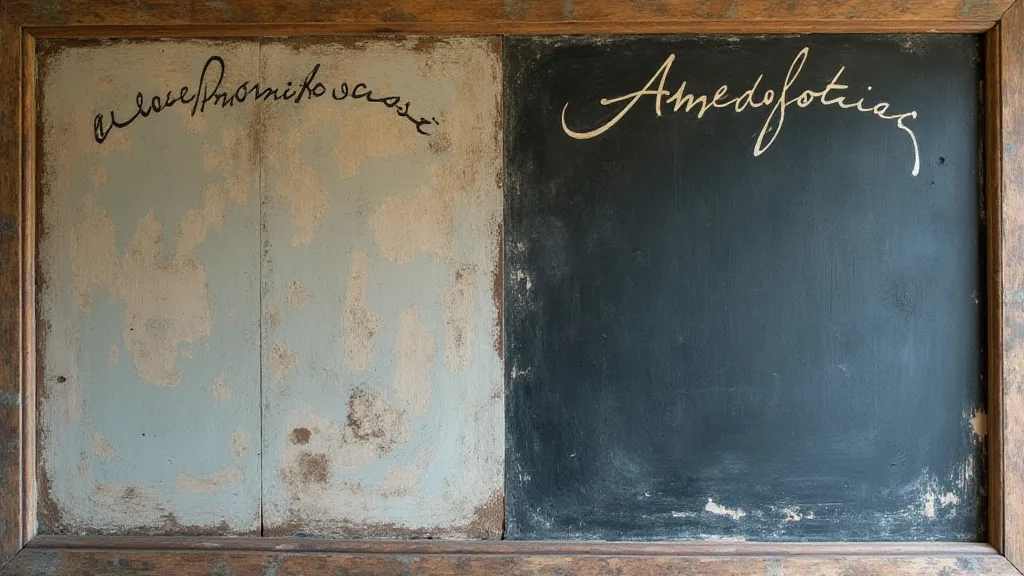
The Enduring Legacy
The world of chalkboard art is far more than just a trend; it's a continuation of a rich and enduring tradition. By understanding the history of these designs, analyzing the techniques of the masters, and embracing the principles of clarity, balance, and creativity, we can elevate our own chalkboard creations and ensure that this art form continues to inspire and delight for generations to come. Just like the echo of a well-played accordion, the legacy of historical chalkboard art resonates with a timeless beauty, waiting to be rediscovered and reimagined.

